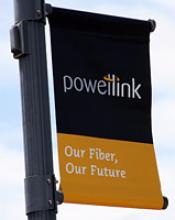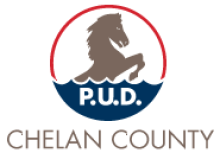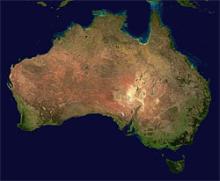US Broadband Policy: Competition for Some!
A recent article discussing testimony from the President of the industry trade group, National Cable & Telecommunications Association (NCTA) reminded me once again that Congress and the FCC have utterly given up on true broadband competition for millions of of Americans.
As with the broadband stimulus funds being handed out by the Commerce Department, NCTA is concerned that the USF money not go to overbuild its members. "It would be a poor use of scarce government resources to subsidize a broadband competitor in communities--including many small, rural communities -where cable operators have invested risk capital to deploy broadband services," McSlarrow says.This seems like a common sense argument. Why would we want to subsidize broadband for those who already have a single option (underserved) when others have no choice at all (unserved)? Unfortunately, building networks to solve the problem of the unserved is all but impossible without simultaneously serving some who are underserved. This is because the unserved are often in areas so remote and expensive to serve, there is no sustainable business model to serve only them. So the idea that we could somehow only target the unserved with networks is extremely suspect. Unless we want to endlessly subsidize networks in these areas (which companies like Qwest emphatically want because they would likely collect those subsides endlessly), we need to encourage sustainable networks that reach across those already served, underserved, and unserved.
He added that it also might discourage the incumbent from continuing to risk that capital. "Government subsidies for one competitor in markets already served by broadband also might discourage the existing provider from making continued investments in its network facilities.I certainly respect this argument up to a point. But when it comes to essential infrastructure, we know that most existing providers (particularly absentee-owned massive companies) are delaying investments in network facilities anyway because the lack of true competition allows them to delay making the investments more common in our international peers (where true competition exists, often as a result of smarter government policies than we can muster here).









